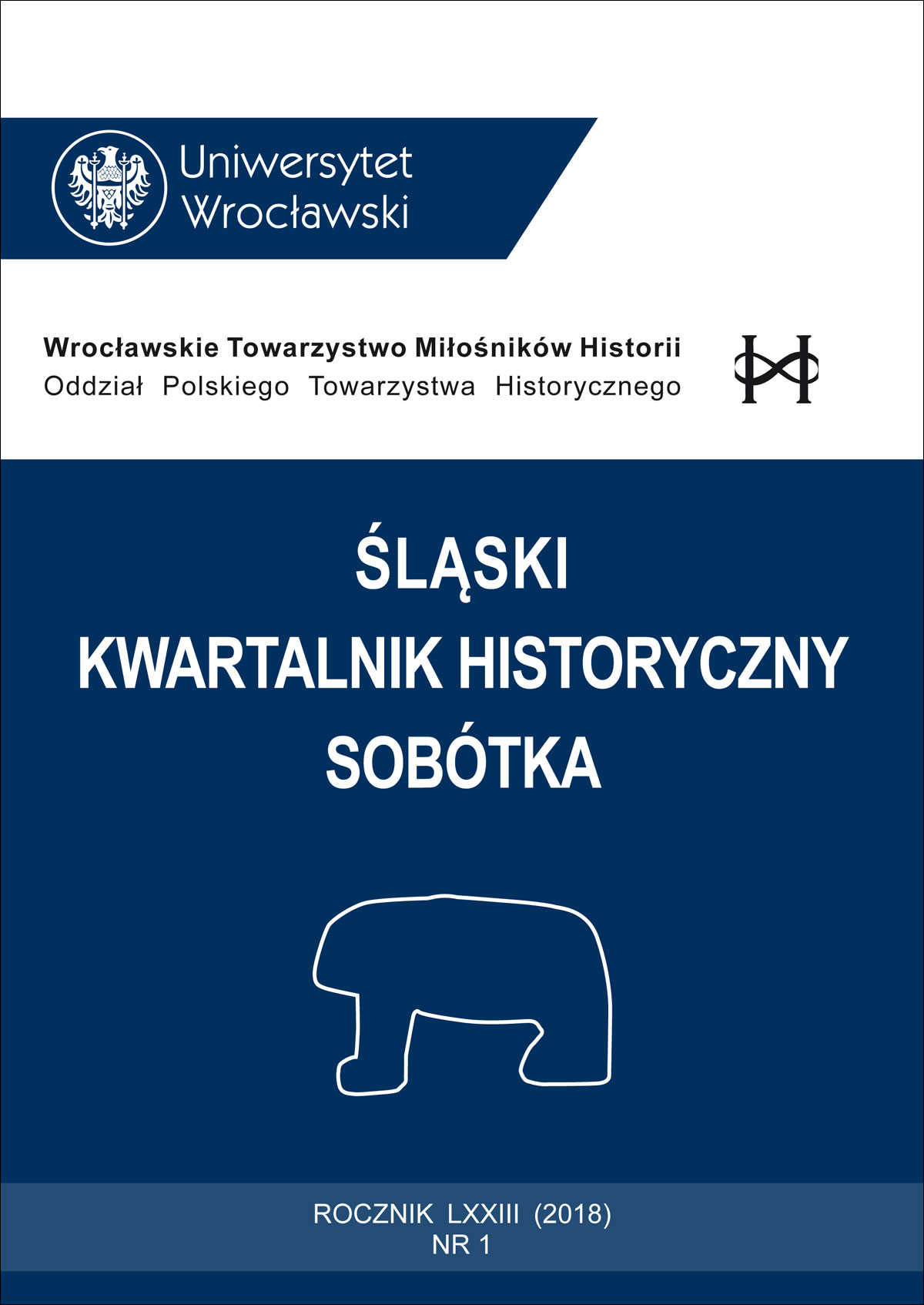Infuła i korona. Kilka uwag o pieczęciach Karola Ferdynanda Wazy
Mitre and crown. Remarks on the seals of Charles Ferdinand Vasa
Author(s): Marcin HlebionekSubject(s): Visual Arts, History of ideas, 17th Century
Published by: Wydawnictwo Uniwersytetu Wrocławskiego
Keywords: Charles Ferdinand Vasa; seals; coins; princes; Wrocław bishopric; Płock bishopric; Opole-Racibórz Duchy
Summary/Abstract: Charles Ferdinand Vasa (born 1613), son of Sigismund III, king of Poland, became the bishop of Wrocław in 1625 and of Płock in 1640. In 1648, he took part in the royal election, from which he withdrew in favour of his brother Jan Kazimierz. Apart from church offices, after resigning from his efforts to obtain a crown, Charles Ferdinand was granted power over the Duchy of Opole and Racibórz. Due to his dynastic origins and holding the offices of bishop and prince in the Crown and Silesia, the seals of Charles Ferdinand are among the most interesting sigillographic phenomena of the Vasa period. We know of nine types of seals that the Prince Bishop had at his disposal during his lifetime, as well as three types used by the administrators of the diocese of Wrocław appointed by him. The latter were erroneously considered to be the seals of the bishop himself. The actual seals of Charles Ferdinand can be divided into three groups: seals of the Bishop of Wrocław (four types), seals of the Bishop of Płock (one type) and seals of mixed character (four types). The Bishops’ seals, of both Wrocław and Płock, do not depart significantly from the customs of the era. Characteristic of Charles Ferdinand’s sigillography, however, are seals of a mixed character which, either in iconography or in legend, were deprived of references to ecclesiastical offices. They should be associated with the Vasa estates which are not connected with his ecclesiastical offices or his efforts to obtain a crown. Within the milieu of Polish princes and their sigillography, Charles Ferdinand began to exhibit on a large scale (mainly on Silesian seals) the closed crown, whose use Polish custom reserved for the reigning king. Further Polish “princes” from the houses of Sobieski and Wettin invoked the model he developed.
Journal: Śląski Kwartalnik Historyczny Sobótka
- Issue Year: 73/2018
- Issue No: 1
- Page Range: 7-34
- Page Count: 28
- Language: Polish

